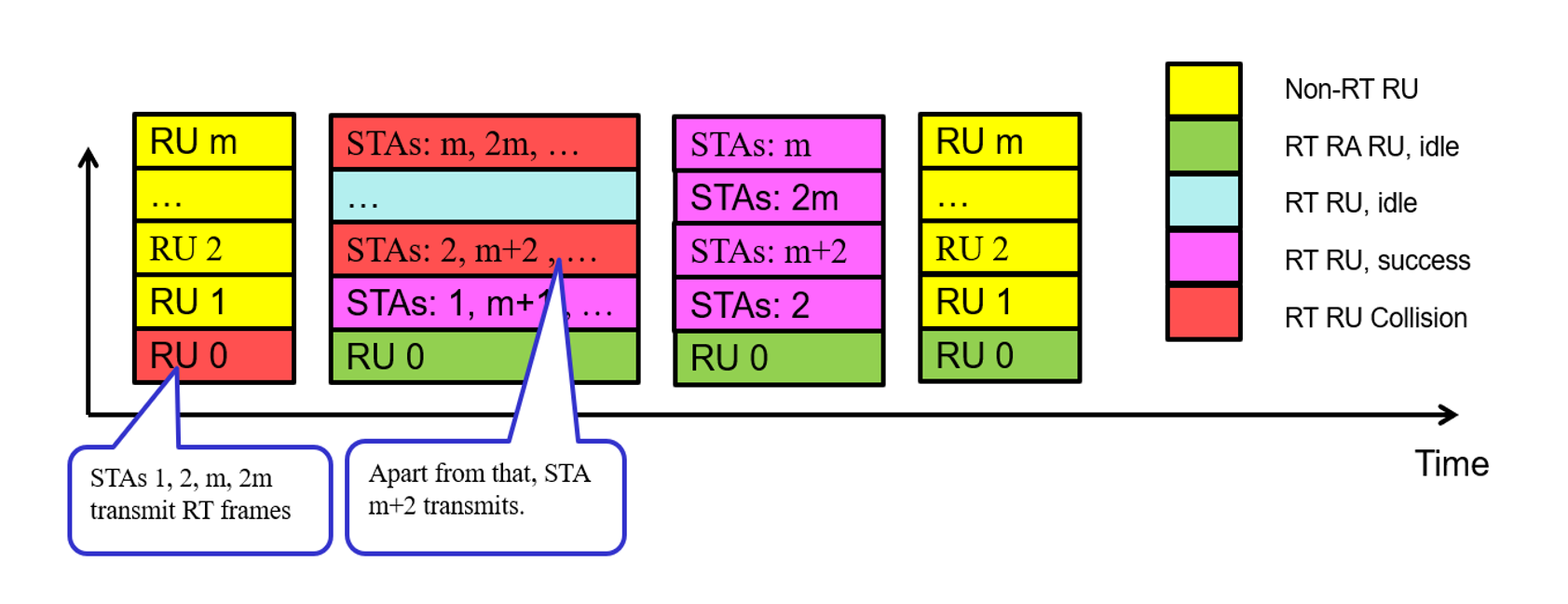Wireless Networks Lab & Telecommunication Systems Lab of NRU HSE develop new approaches to real-time applications in Wi-Fi

Nowadays, applications and services related to the transfer of real-time data, such as video surveillance services, online games, virtual and augmented reality, have become increasingly demanded and popular.
In order for such applications to function properly, they need to ensure reliable data transfer with very low latency. Typically, the delay should be no more than a few milliseconds and the probability of data delivery should be no less than 99.999%.
As Wi-Fi technology is the most common and wide-spread wireless LAN technology, commercial interests of the developers of networks equipment and protocols are coupled with supporting for the Real-Time Applications (RTA) in Wi-Fi networks.
Currently, the ability of Wi-Fi networks to manage the transfer of RTA data is not reliable. This is due to the fact that Wi-Fi networks operate in unlicensed frequency bands, in which device transmissions are often affected by interference from neighboring devices, and possible collisions during data transmission lead to high latency.
Advances in information and telecommunication technologies resulted in the emergence and development of RTA. They include remote control, industrial automation, online gaming, augmented and virtual reality. Very strict requirements are imposed by RTA on telecommunication technologies in terms of reliability (packet loss rate (PLR) up to 10−8–10−5 and latency (packet delivery time up to 1–10 ms).
In wireless networks, such requirements are particularly hard to satisfy. In November 2017, the discussion of RTA in Wi-Fi initiated by IEEE 802 LAN/MAN Standards Committee Plenary Session led to creation of RTA Topic Interest Group (RTA TIG) with the goal to classify the RTA scenarios essential for Wi-Fi networks, to determine their requirements in terms of latency, PLR and the number of devices served by one Wi-Fi access point (AP), and to propose solutions to enable RTA in Wi-Fi. Establishing a corresponding level of reliability and latency in Wi-Fi networks is a complicated problem. The reasons for it are that default Wi-Fi random access causes collisions that result in delays and packet losses. Also, Wi-Fi stations (STAs) employ carrier sense multiple access with collision avoidance (CSMA/CA). Hence, interruption of other STA transmissions is prohibited and high priority urgent frames are to be transmitted only when the ongoing transmission ends.
In order to change the current situation, the IEEE 802 committee that develops the Wi-Fi network standard announced the beginning of the development of an addendum to the IEEE 802.11be standard devoted to real-time applications in Wi-Fi networks. Despite the fact that this supplement has just begun to be developed, it already describes some approaches to ensuring low latency and reliable data transfer, one of which was developed and proposed by researchers from the WNL: Evgeny Avdotin, Dmitry Bankov, and Evgeny Khorov.
This approach is based on the use of orthogonal frequency division multiple access (OFDMA) added to the Wi-Fi standard in the new IEEE 802.11ax add-on. When using it, a Wi-Fi access point can share time-frequency network resources and allocate them to connected devices so that they can use them for data transfer. OFDMA is essential for RTA since it enables several STAs to transmit or receive data at one time. It allows to allocate resource units (RUs) for STAs to transmit without collisions and defines uplink OFDMA-based random access (UORA). According to RTA TIG, these features seem of much promise for providing high reliability and low latency. OFDMA is one of the fundamentals of IEEE 802.11ax. It introduces the division of channel resource in the frequency domain, thus extending the standard CSMA/CA. Namely, OFDMA allows splitting the channel into several RUs of various size.
WNL members have described an approach for resource planning, in which the access point can allocate channel resources to groups of stations, not knowing which devices need to transmit data at the moment. Using this approach allows for low latency to dozens of real-time applications.
Wireless Networks Lab is a Megagrant lab established in 2017 around the project on Cloudified Wireless Networks for 5G and beyond, led by Prof. Ian F. Akyildiz. The team regularly reports at leading IEEE conferences, runs industrial projects and contributes to standardization of wireless networks.
